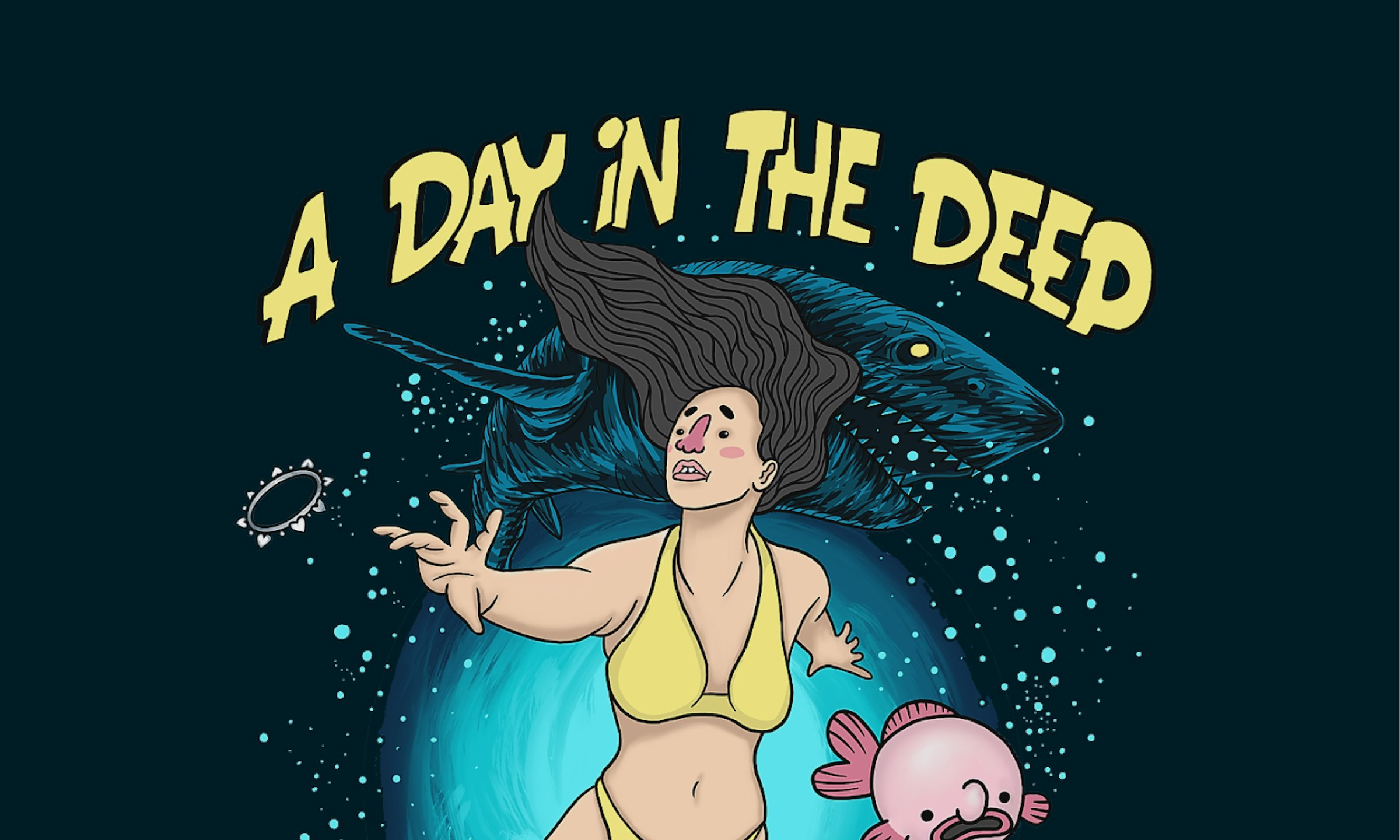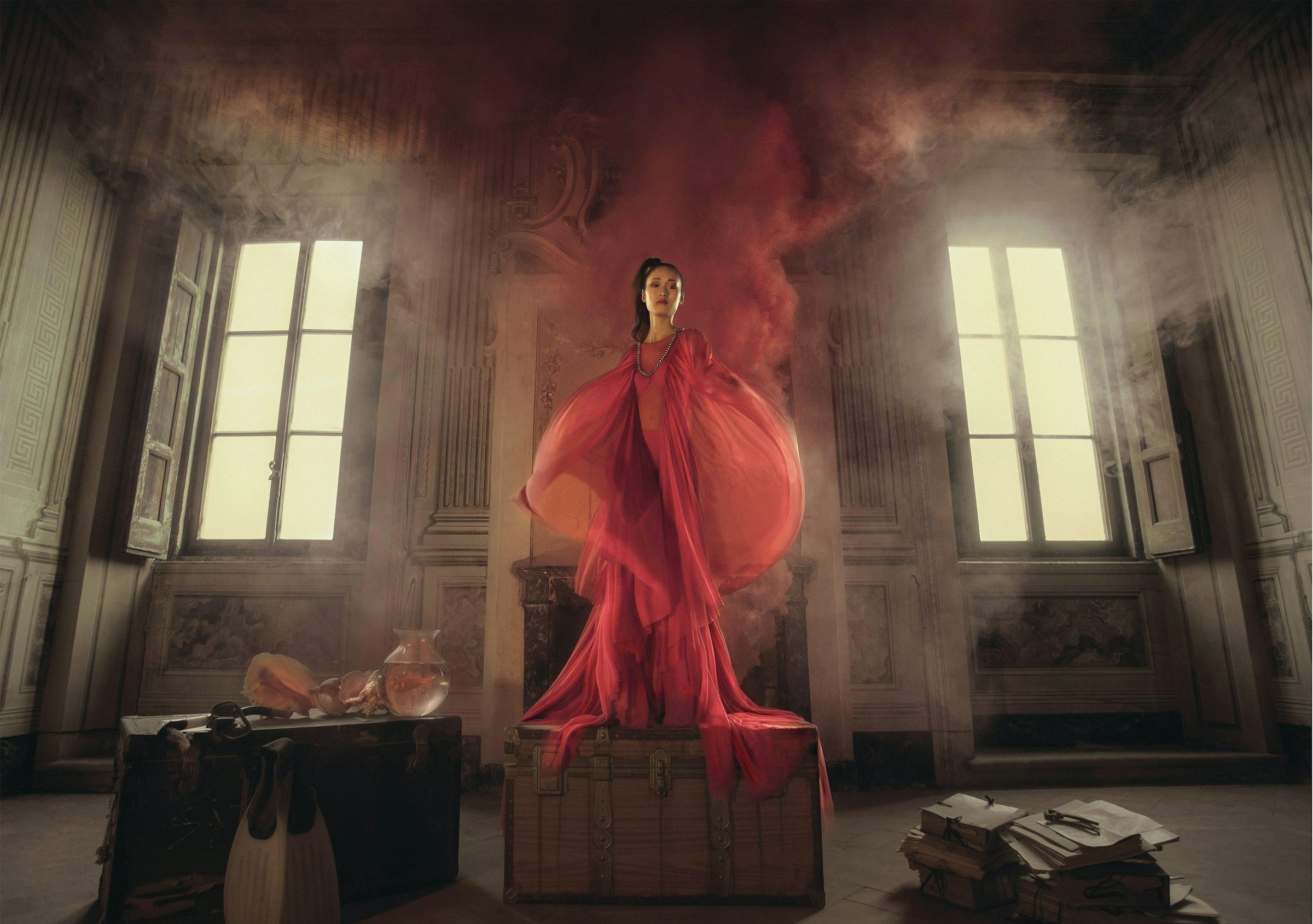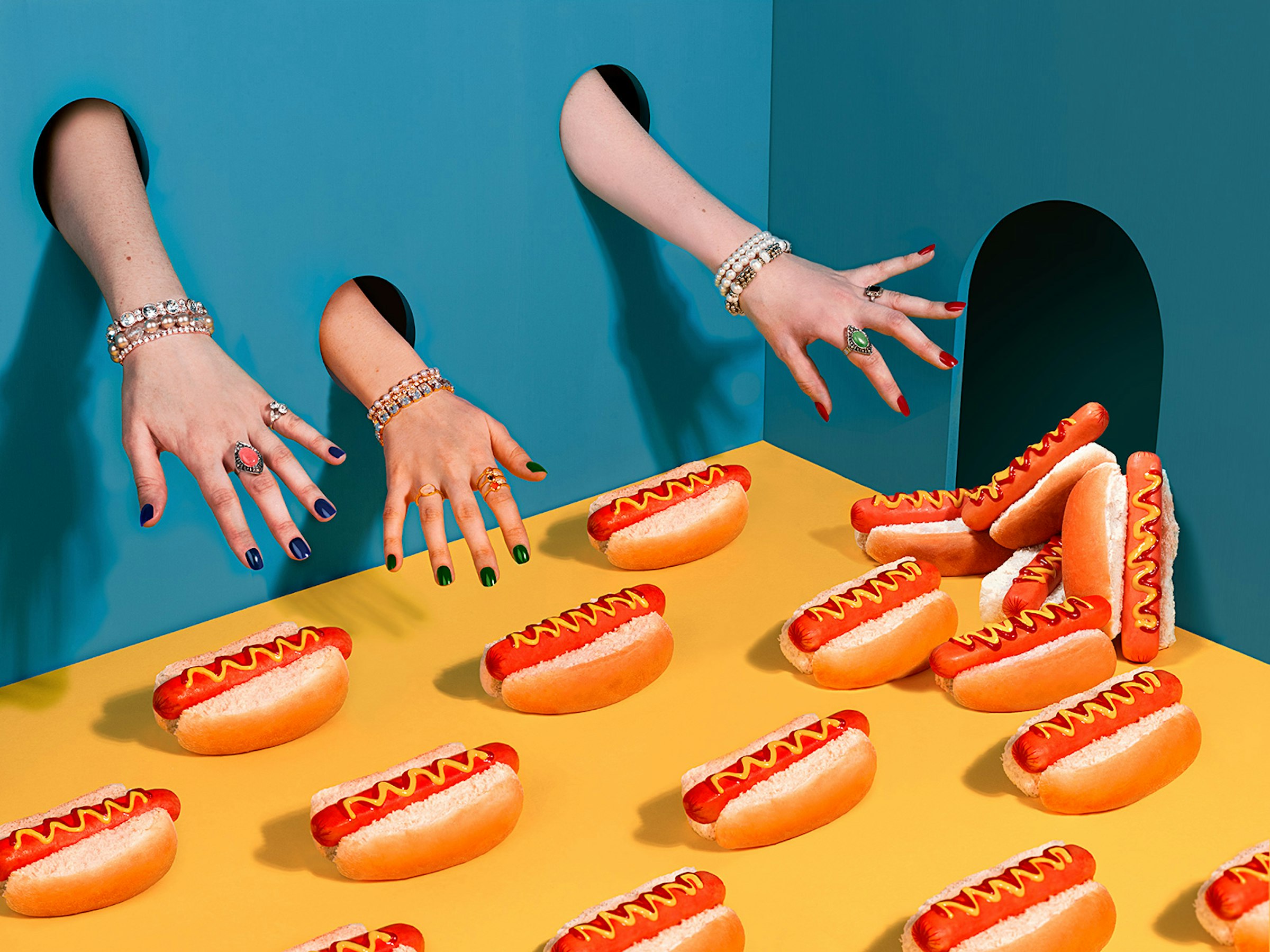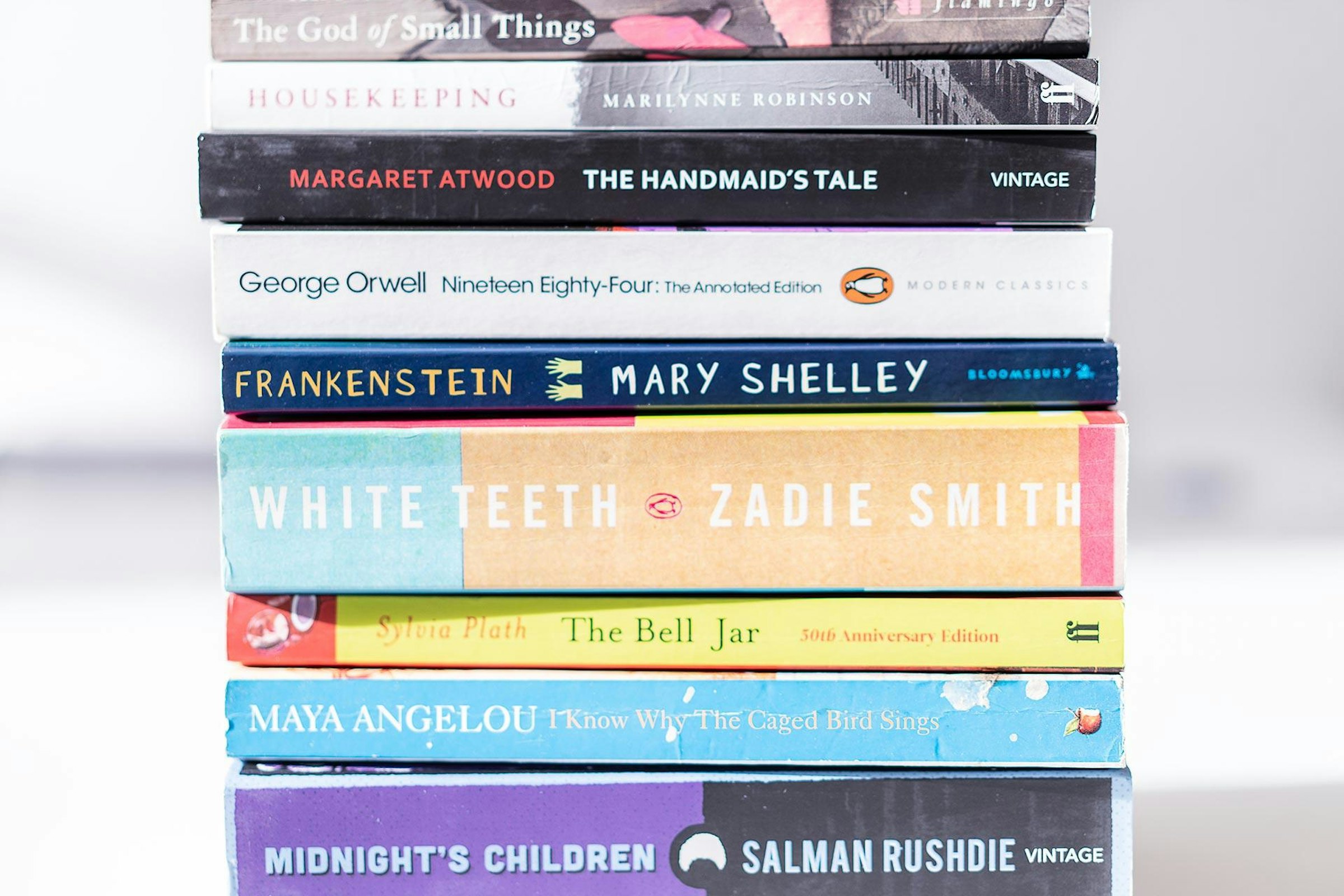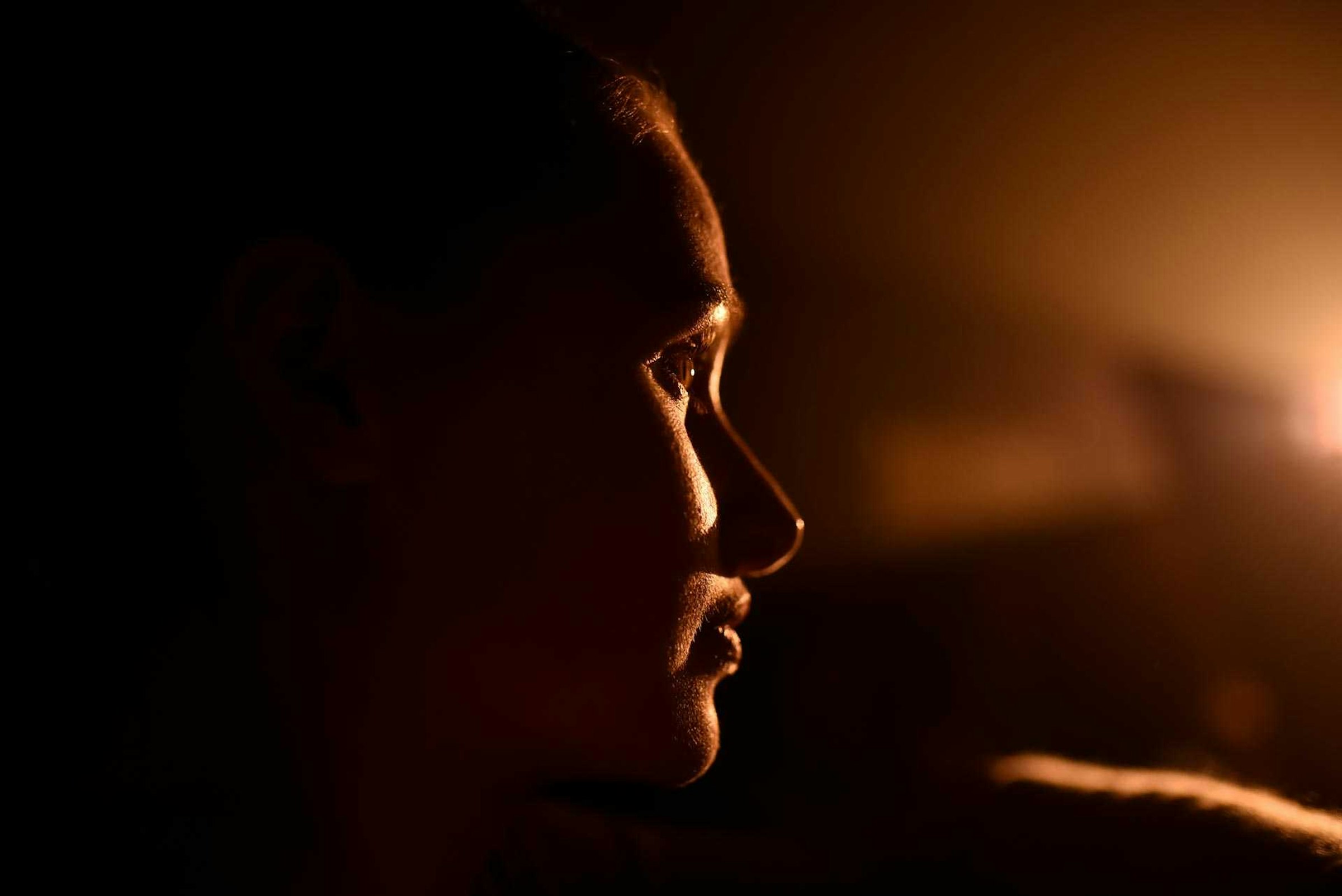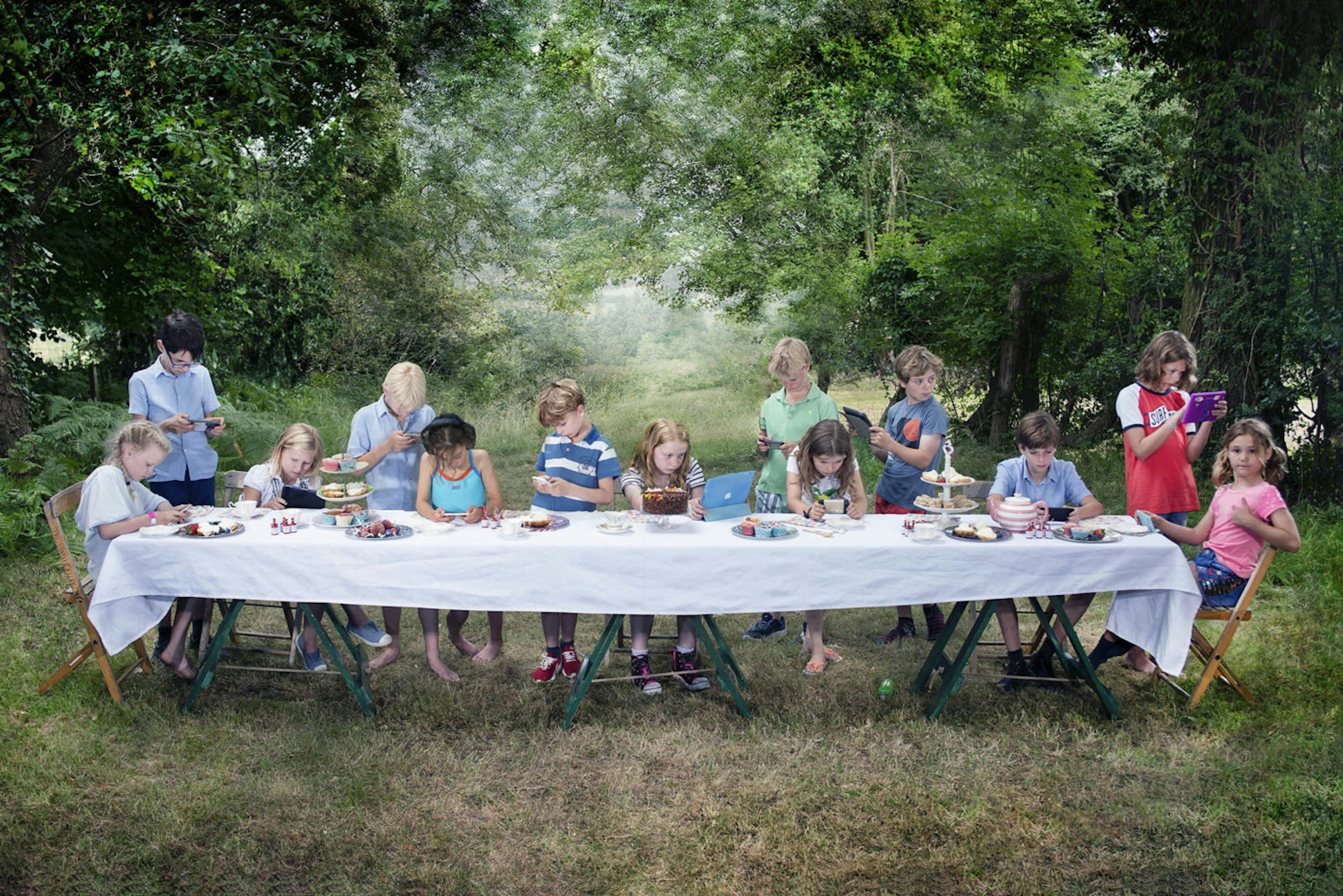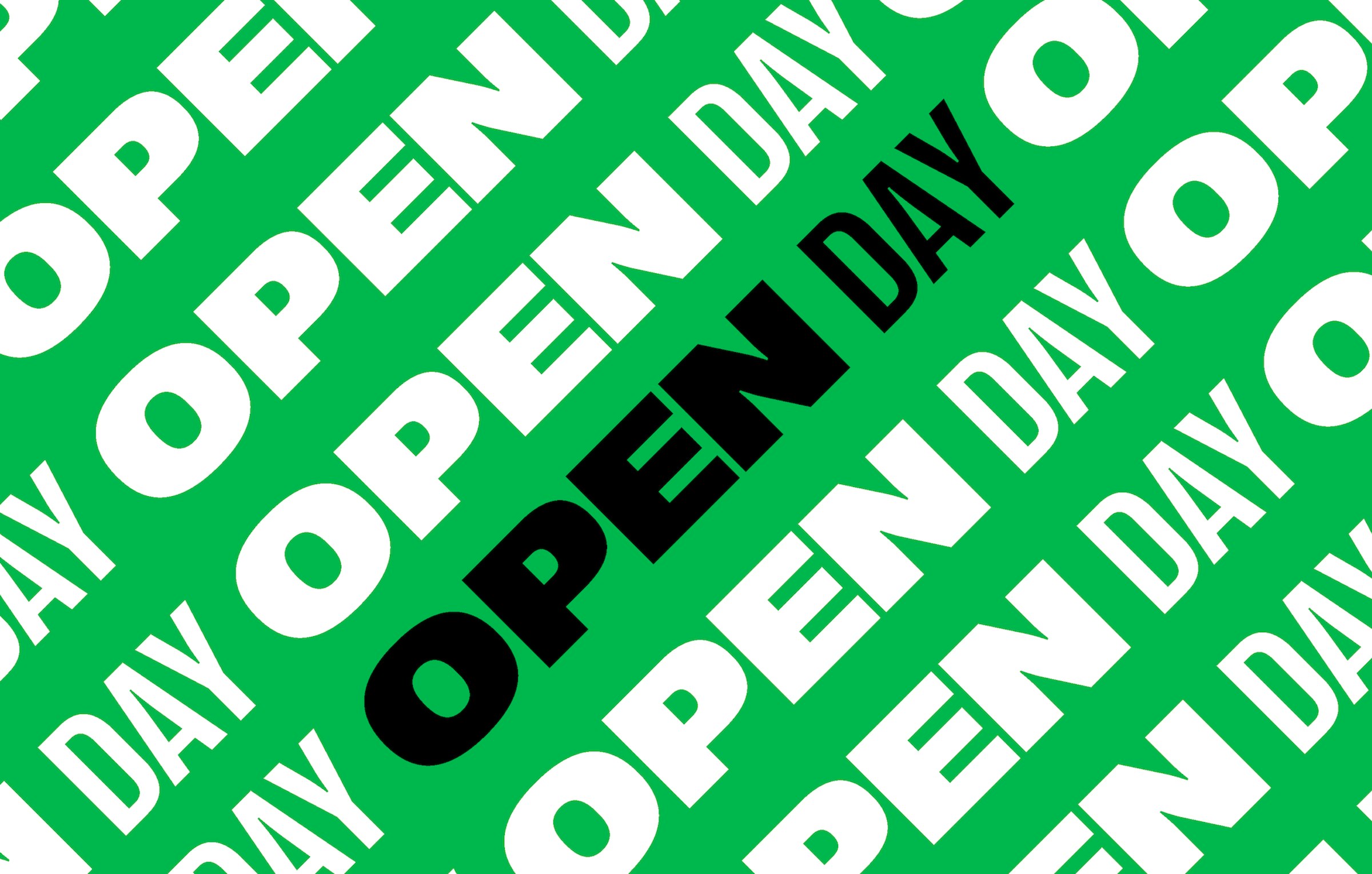You are using an outdated browser. Most of this website should still work, but after upgrading your browser it will look and perform better.
- Home
- Undergraduate Courses
- BA (Hons) Communication Design and Strat...
BA (Hons) Communication Design and Strategy
- Duration: 3–5 years full-time
- Placement: Optional 1 year
- Course code: W213 (UCAS)
- Institution code: A66 (UCAS)
Overview
BA (Hons) Communication Design and Strategy students deliver powerful messages with maximum meaning. On this course, you’ll learn how to bring stories to life through innovative creative practice and strategic design thinking.

Explore key facets of impactful communication design.
You'll understand the world of creative strategy, covering topics like marketing strategies, consumer behaviour, and business operations.

Refine your abilities to examine complex issues.
You'll learn to scrutinise markets, recognise target audiences, and comprehend user behaviour to enhance your design process.

We're professionally accredited.
This course is accredited by the Chartered Management Institute (CMI). In addition to your BA (Hons) degree, you'll also graduate with a CMI Level 5 qualification and Foundation Chartered Manager (fCMgr) status.
Watch our course video
Find out more about BA (Hons) Communication Design and Strategy from current student Ramona.
This content can't be displayed, please accept marketing, statistics cookies to view
Accept to viewStudent gallery

Chat to a student
Our student ambassadors are here to answer any questions you might have on university life, our courses and all things AUB.
Chat on Unibuddy